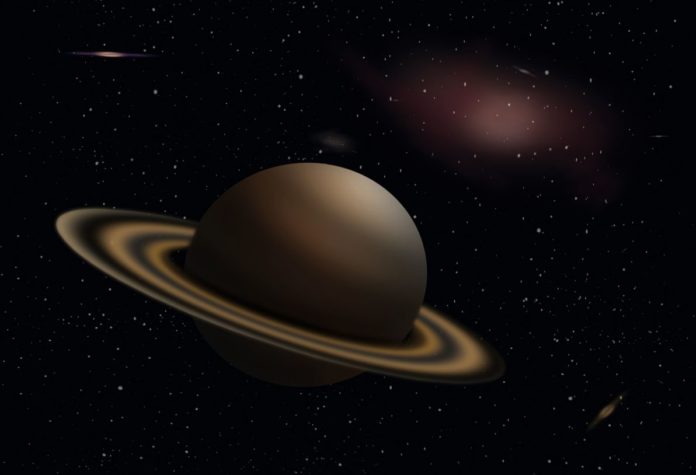A group of scientists has managed to discover the possible reason behind the Saturn tilting.
Their research demonstrated the influence of the planet’s natural satellites on the inclination of its axis of rotation.
The study, carried out by scientists from the French National Center for Scientific Research (CNRS), and from the Sorbonne Université, was published in the scientific journal Nature Astronomy.
“Like David against Goliath, it seems that the tilt of Saturn may be caused by its moons,” compares the CNRS, explaining the finding.
Recent observations have shown that Titan, one of Saturn’s largest moons, as well as dozens of other natural satellites on the planet, are gradually moving away from it at a speed greater than previous estimates by astronomers.
Taking into account this higher migration rate, the scientists concluded that this process directly affects the tilt of Saturn’s axis of rotation.
- Brief Anger Hampers Blood Vessel Function Leading to Increased Risk of Heart Disease and Stroke – New Study
- New Blood Test Pinpoints Future Stroke Risk – Study Identifies Inflammatory Molecules as Key Biomarker
- Enceladus: A Potential Haven for Extraterrestrial Life in its Hidden Ocean Depths
- New Experiment: Dark Matter Is Not As ‘DARK’ As All We Think
- Scientists in Fear of This New Predator From Red Sea Eating Native Species in Mediterranean
The further its satellites move away, the more the sixth planet in our solar system tilts.
Scientists believe that the decisive event that tilted Saturn occurred relatively recently, in astronomical terms.
“Only about 1 billion years ago the gradual movement of its satellites triggered a resonance phenomenon that continues today: the axis of Saturn interacted with the trajectory of the planet Neptune and gradually tilted until reaching the 27 degree inclination seen today,” explained CNRS.
These findings change what was believed regarding the planet’s tilt, which astronomers thought was stable. In reality, Saturn is in a transitional stage and its axis is still tilting. Over the next billions of years, the tilt of Saturn’s axis could be more than double.
Previous research by scientists had already reached a similar conclusion regarding Jupiter. Due to the migration of its four main moons and the resonance with the orbit of Uranus, the tilt of Jupiter’s axis could increase from 3 degrees to more than 30 degrees, over the next 5 billion years.
